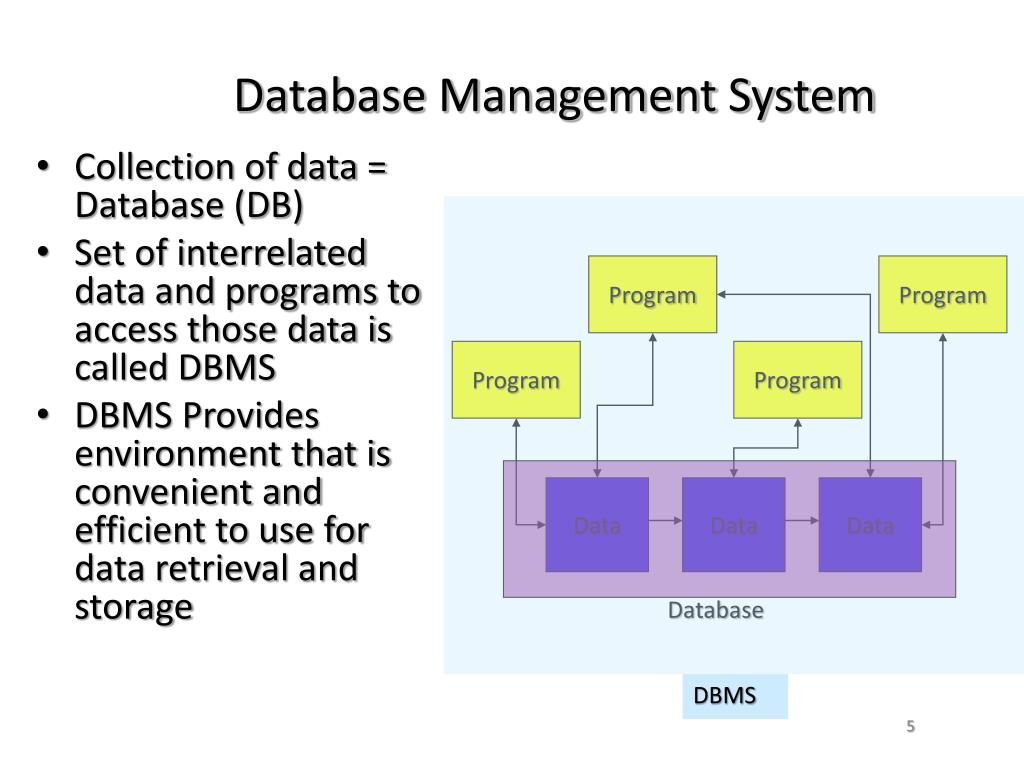


Hierarchical databases organize model data in a tree-like structure. This type of DBMS synchronizes data periodically and ensures that any change to data is universally updated in the database. Distributed database management systemĪ distributed DBMS is a set of logically interrelated databases distributed over a network that is managed by a centralized database application.
#Free relational database management systems software
The most widely used types of DBMS software are relational, distributed, hierarchical, object-oriented, and network. DBMS offer many benefits over traditional file systems, including flexibility and a more complex backup system.ĭatabase management systems can be classified based on a variety of criteria such as the data model, the database distribution, or user numbers. This helps provide data security, data integrity, concurrency, and uniform data administration procedures.ĭBMS optimizes the organization of data by following a database schema design technique called normalization, which splits a large table into smaller tables when any of its attributes have redundancy in values. A DBMS serves as an interface between an end-user and a database, allowing users to create, read, update, and delete data in the database.ĭBMS manage the data, the database engine, and the database schema, allowing for data to be manipulated or extracted by users and other programs. Database Management Systems (DBMS) are software systems used to store, retrieve, and run queries on data.


 0 kommentar(er)
0 kommentar(er)
